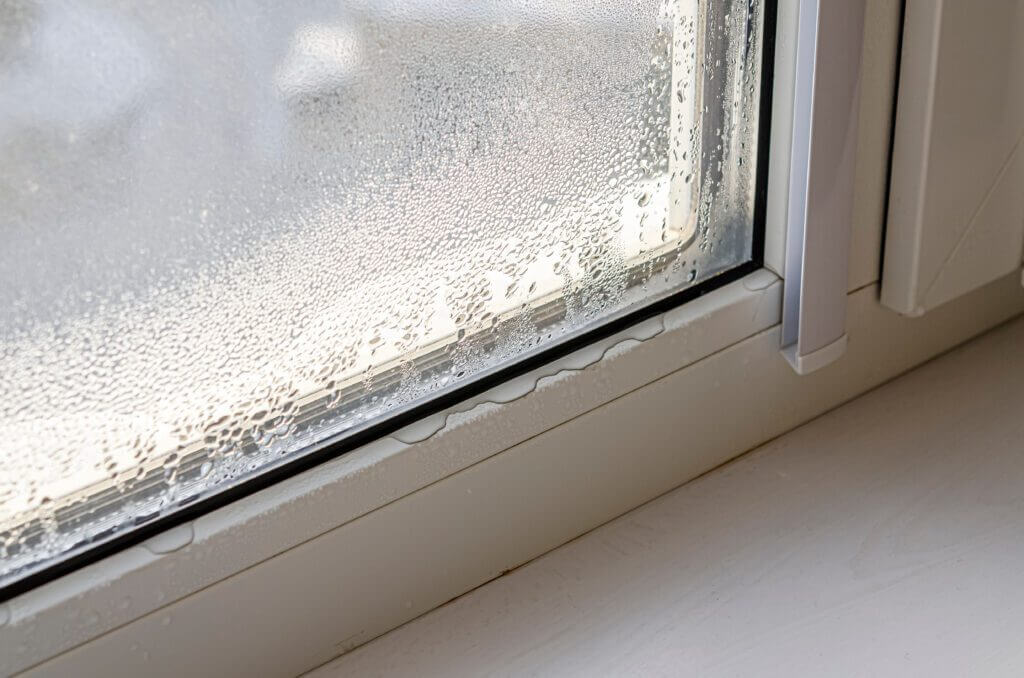Windows are a critical part of any home, offering light, ventilation, and aesthetic appeal. However, they don’t last forever. Understanding the typical lifespan of a window and knowing when it’s time for a window replacement can help you maintain your home’s comfort and efficiency. Let’s dive into the essentials of window lifespan and the signs that indicate it’s time to replace them.
Table of Contents
- Typical Lifespan of a Window
- Signs Your Windows Need Replacement
- Benefits of Window Replacement
- Frequently Asked Questions
- Conclusion
Typical Lifespan of a Window
Windows from different manufacturers have varying lifespans, but a quality window should last anywhere between 15 and 20 years. Some high-quality vinyl windows can even last between 20 and 25 years. However, several factors can influence how long a window will last:
- Quality of Materials: Windows made from superior materials tend to last longer. For instance, well-constructed and maintained windows can easily last over 50 years, while those made from low-quality materials may not even make it to a decade.
- Environmental Factors: Coastal cities like Charleston, South Carolina, might see their windows aging faster due to harsh weather conditions compared to cities like Los Angeles, CA.
If your windows are getting old, it’s wise to look for signs of wear and tear to determine if it’s time for a window replacement.
Signs Your Windows Need Replacement

- Leaky Window and Condensation: Leaky windows and condensation can be a warning sign for potential mold growth. If you notice foggy glass or water pooling, it might be time to replace your windows.
- Cracks on Window Panes or Frames: Cracks, damage, or warped frames are clear indicators. These damages can affect insulation efficiency and allow pests to enter. Minor cracks might be repairable, but significant damage often means a replacement is necessary.
- Foggy Glass: Fogging between double or triple-paned windows indicates a seal failure, which means your windows are not insulating as they should. This issue typically requires a window replacement.
- Soft Frames: Wooden windows exposed to excess moisture may rot. If your window sills are soft to the touch, it’s a sign that the wood is compromised, and the windows should be replaced to prevent further damage.
- Poor Operation: Windows that stick or have difficulty opening and closing can indicate wear and tear. This is especially true if they frequently get stuck or don’t stay open without support.
- Drafts: If you’ve caulked and weatherstripped your windows but still feel drafts, it’s a sign that the windows are no longer performing their function properly. Replacing drafty windows with energy-efficient ones can significantly improve comfort.
- Rising Energy Bills: An unexplained increase in energy bills could be due to inefficient windows. Replacing single-pane or old, drafty windows with Energy Star-certified ones can lead to substantial savings on heating and cooling costs.
Benefits of Window Replacement
If you’ve identified signs of aging in your windows, the next step is deciding whether to repair or replace them. Consider your budget, the extent of damage, and maintenance needs. In many cases, especially with windows that are several decades old, replacement is the best option to enjoy the latest in window technology and efficiency.
- Energy Efficiency: New windows with advanced technology, such as Low-E glass, provide better insulation, reducing your energy bills.
- Improved Comfort: Modern windows eliminate drafts and reduce outside noise, making your home more comfortable.
- Enhanced Aesthetics: Upgrading your windows can give your home a fresh, updated look.
- Increased Home Value: Replacing old windows with high-quality ones can increase your home’s market value.
Frequently Asked Questions
Q: How often should windows be replaced?
A: Windows typically need to be replaced every 15-20 years, though high-quality windows can last 20-25 years or more. Regular maintenance and environmental factors can influence this timeframe.
Q: Can I just repair my windows instead of replacing them?
A: Minor issues such as small cracks or broken hardware can often be repaired. However, significant damage or inefficiency usually requires a replacement to ensure proper insulation and performance.
Q: What are the most energy-efficient window options?
A: Energy-efficient options include windows with Low-E glass, double or triple glazing, and frames made from materials such as vinyl or fiberglass. Look for Energy Star-certified products for the best efficiency.
Conclusion
Windows are an essential component of your home’s structure, affecting both comfort and energy efficiency. By understanding the typical lifespan of windows and recognizing the signs that indicate it’s time for a replacement, you can maintain the integrity and performance of your home. Whether you opt for vinyl, wood, or other materials, investing in quality windows is a decision that pays off in the long run.
If you notice any of the signs mentioned above, consider consulting a professional to assess whether you need a window replacement. For more information on window replacement and the best options for your home, visit Texas Made Windows and More.
By keeping your windows in top shape, you ensure a more comfortable, energy-efficient, and beautiful home. Happy home improving!
